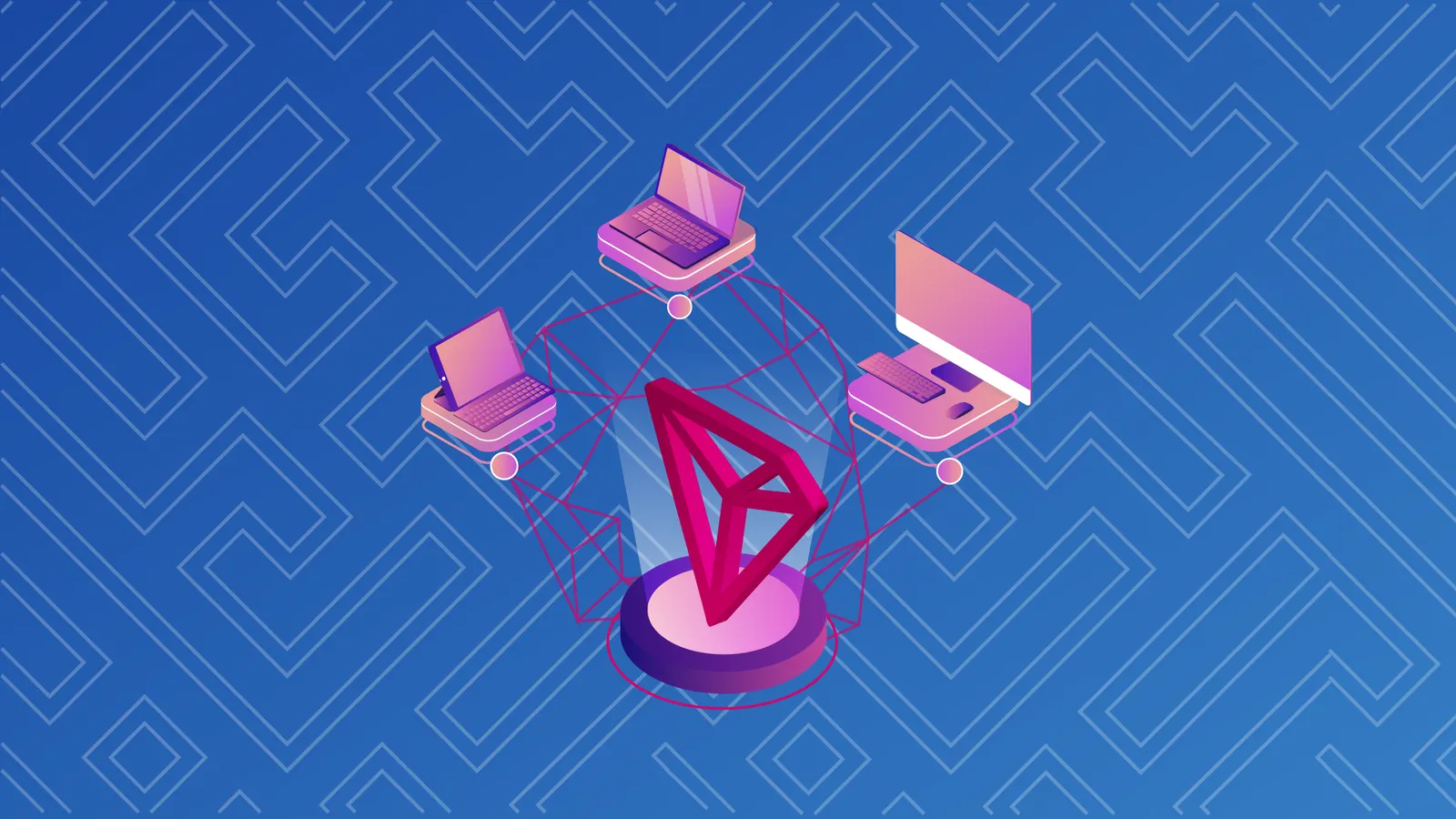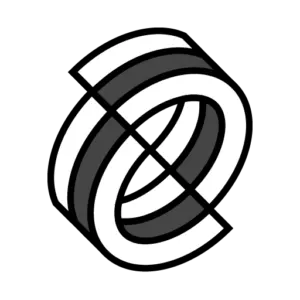In brief
- Tron employs three different types of nodes to ensure that the network is secure, private and fully decentralized.
- The three types of nodes on the Tron network are: witness nodes, full nodes and solidity nodes.
All blockchains run atop a distributed network of nodes. Tron employs three distinct types of node, each of which has a different role in ensuring that the network is safe, private and secure.
What exactly are Tron nodes?
Tron is a network of interconnected but independent computers running software (aka, nodes). The Tron network uses a delegated proof of stake (DPoS) mechanism to verify blocks on the blockchain; the DPoS algorithm is used to attain consensus between Tron nodes.
Within the Tron network, there are three different types of node, each with its own part to play: witness nodes, full Tron nodes and Tron solidity nodes.
Tron witness nodes
People who hold Tron (TRX) coins can use them to vote on and elect 27 delegates to validate transactions. These delegates are known as “super representatives.”
Super representatives set up witness nodes, which are responsible for constructing blocks, verifying transactions and then writing those transactions to the blockchain.
These users are also authorized to help with Tron’s governance, including proposing blocks and voting on protocol decisions.
Full Tron nodes
Full Tron nodes are roughly equivalent to archive nodes on the Ethereum network, which store historical blockchain data.
You can think of full nodes as the entry point to the Tron network. Full nodes maintain all of Tron’s transaction records, provide an application programming interface (API) service and are responsible for sending blocks and transaction data to the network.
Tron solidity nodes
Like Tron full nodes, solidity nodes also provide an API service, but their main function is to sync solidified block data from other full nodes. This process has to happen in order to connect new nodes to an existing blockchain and for wallets to function properly, among other things. Following a Tron core update, full nodes now support the query of solidified blocks, meaning there’s no need for users to deploy solidity nodes anymore.
How do you run a Tron node?
To run a full node, it’s best to have a processor with a 16-core CPU and 32 gigs of RAM.
The requirements are a little different for super representatives. No end user is able to communicate directly with a witness node for security reasons. That means super representatives also need to run a full node to generate blocks and package transactions. The recommended configuration is a PC with 32-core CPU and 64 gigabytes of RAM.
Why run a Tron node?
Running a node lets Tron account holders use the network privately and trustlessly while supporting the broader Tron ecosystem at the same time. It’s a win-win.
Did you know?
Running your own node means that you don’t have to rely on other nodes in the network. Your node will verify all blocks and transactions against the consensus rules by itself.
Sponsored post by Tron
Learn More about partnering with Decrypt.


